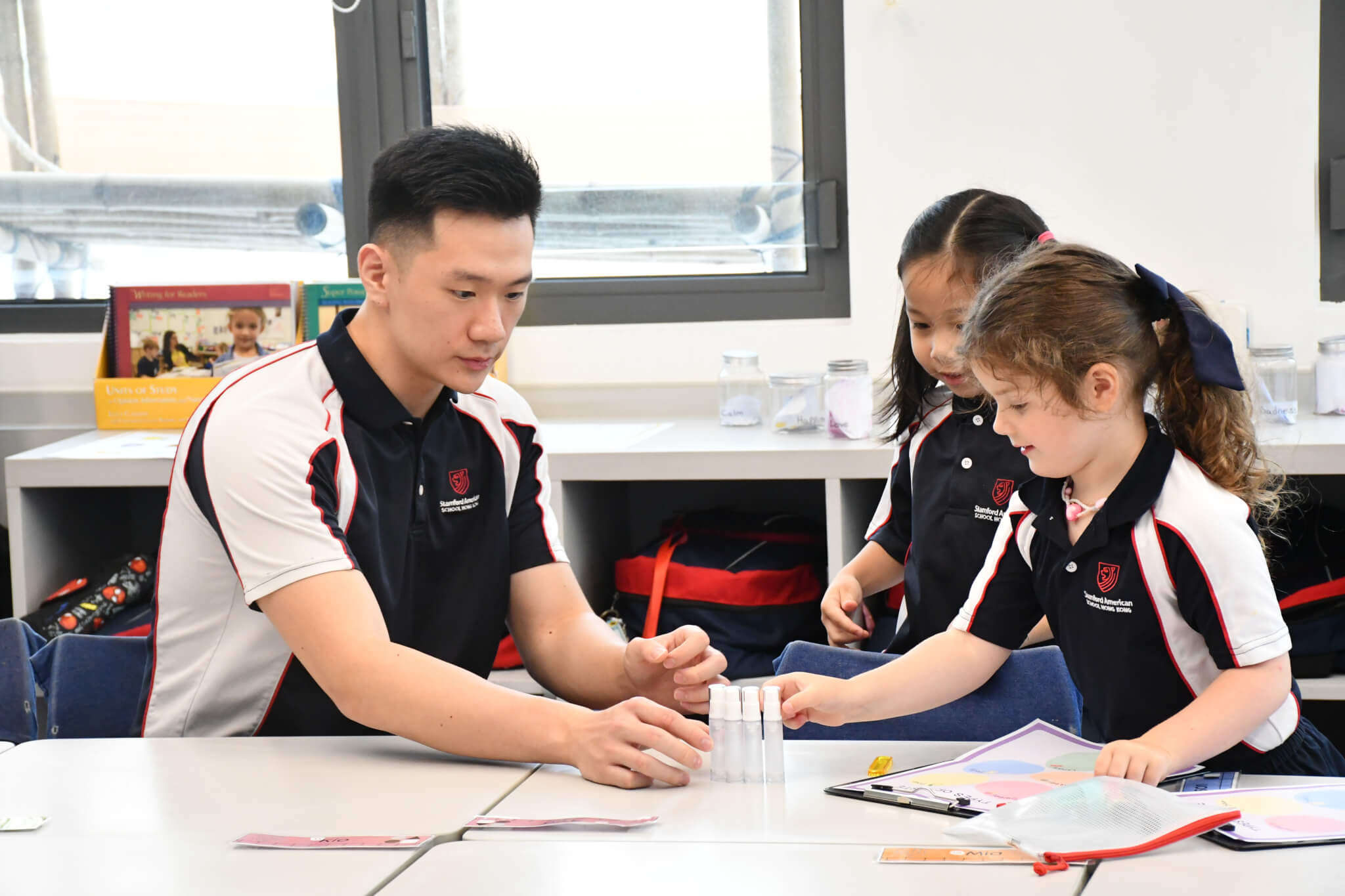As the world is moving at a rapid pace, making exponential progress in areas from technological advancements to the global workforce, shouldn’t education keep up in the race as well? To prepare students for the future that is constantly evolving, we need to bring forward teaching methods that go beyond conventional practices – such as educational innovation. This is about rethinking and improving the traditional teaching methods, creating a more engaging, effective and relevant learning experience for the new generations of students, and empowering them to thrive in the world of the 21st century.
In this blog, we will explore the concept of innovation in education, explaining what it is and why it is so important in the modern classroom.
What Is Innovation in Education?
Many educators who are unfamiliar with the concept of innovation in education may mistake it as merely introducing new tools or techniques into the classroom. On the contrary, it is about transforming the existing learning process to attune to the needs of today’s students. It consists of the following key characteristics:
- Student-Centered Learning: Shifting the focus from teacher-led instruction to active student participation. This empowers learners to take charge of their own education.
- Leveraging Technology: Using digital tools to facilitate exploration, collaboration and personalized learning experiences.
- Fostering Creativity and Critical Thinking: Encouraging students to question, analyze, and solve real-world problems creatively.
- Adaptability: Evolving teaching methods to accommodate diverse learning styles, interests, and abilities.
Examples of Innovation in Education
It can be difficult to put educational innovation into practice, given that it can be such a broad concept and may take many forms to adapt to various circumstances. Here are some common examples of how innovative approaches are reshaping classrooms and teaching modes:
- Project-Based Learning (PBL): As Kaltura describes, project-based learning focuses on applying real-world scenarios, helping students identify practical problems and develop solutions for them. For example, a teacher may introduce a PBL unit where students collaborate to design an eco-friendly solution for reducing plastic waste in their community. This method encourages critical thinking, creativity and teamwork.
- Flipped Classrooms: In a flipped classroom, students review instructional content, such as online videos or reading materials, at home and use class time for interactive activities. This approach fosters deeper engagement, as students have the opportunity to apply their knowledge with the guidance of their teacher.
- Gamification: Gamification incorporates elements of game design, such as points, challenges and rewards, into the lessons, making them fun and interactive so that students stay engaged.
- Virtual Reality (VR) Experiences: VR technology allows students to explore immersive environments that enhance their understanding of complex concepts. For instance, students can “travel” to ancient civilizations in history class or experience the inner workings of the human body in science class.
How Is Educational Innovation Different from Simply Adding Technology in the Classroom?
As discussed, educational innovation is not merely about introducing digital tools to the classroom. The fundamental idea involves rethinking how learning happens. Modern technology should enhance the teaching process, not replace the traditional methods entirely.
According to The Global College, to achieve innovation in education, education leaders and teachers alike must be willing to look at a potential problem from new perspectives. Learning does not stop at only one answer, as there can be new answers and always room for improvement and more creative solutions. Therefore, simply adding advanced tools without adopting this mindset fails to address the goals that educational innovation is designed to accomplish.
For example, providing students with tablets for note-taking represents the mere addition of technology. An innovative approach might involve using tablets for collaborative projects where students create digital presentations or conduct virtual experiments.
Why Should We Prioritize Innovation in Education?
Innovation in education offers numerous benefits for both students and teachers, making it a priority for schools that aim to prepare learners for the future.
Benefits for Students
- Improved Engagement and Motivation: Innovative practices make learning exciting and relevant, helping students stay invested in their education.
- Deeper Understanding and Knowledge Retention: Hands-on and inquiry-based activities lead to a more profound grasp of concepts.
- Development of Critical Thinking and Problem-Solving Skills: Students learn to approach challenges analytically and creatively.
- Preparation for the 21st-Century Workforce: By developing digital literacy, adaptability, and collaboration skills, students are better equipped for modern careers.
- Building Adaptability and Lifelong Learning Skills: Innovation fosters resilience and a willingness to embrace change, both of which are crucial in today’s world.
Benefits for Teachers
Educators also benefit by enjoying a more dynamic and rewarding teaching environment. Innovation allows teachers to explore new methods, engage students more effectively, and witness the transformative power of education.
What Are the Challenges and Considerations of Implementing Educational Innovation? How to Overcome Them?
Regardless of the benefits it offers, implementing innovation in education is not without its challenges. For instance, educators and teachers will need additional support and training to utilize the new technological tools effectively. It is important to note that not all schools have the funding or infrastructure to actualize the practices. Some schools may even prefer the familiar and conventional teaching methods, making an implementation an unlikely reality.
To overcome these obstacles, it is important to encourage openness and foster a culture of innovation among the school community. A resource-sharing platform should be established for the teachers and students to share tools and ideas, cultivating a collaborative educational environment. The school should also offer workshops and training programs to empower teachers to implement more innovative practices.
What Is the Future of Educational Innovation?
The future of educational innovation is promising, propelled by continuous progress in technology. One of the key trends emerging is personalized learning, which tailors education to suit various students’ needs, strengths and passions. Artificial intelligence (AI) is another key trend driving educational innovation forward in classrooms by offering instant feedback, adjusting teaching strategies, and scrutinizing learning behaviors. Moreover, augmented reality (AR) is enriching classroom interactions by projecting digital content onto the physical environment, creating immersive and engaging learning experiences.
Committed to Educational Innovation at SAIS
At Stamford American School Hong Kong, we are dedicated to staying at the forefront of educational innovation. By embracing cutting-edge tools and dynamic teaching approaches, we create an environment where students can explore, grow, and succeed. Discover how our innovative program, such as STEMinn, is shaping the future of learning today.






